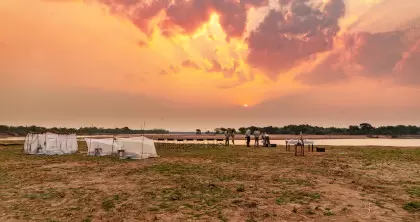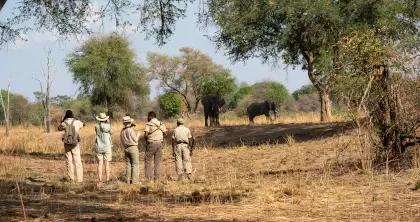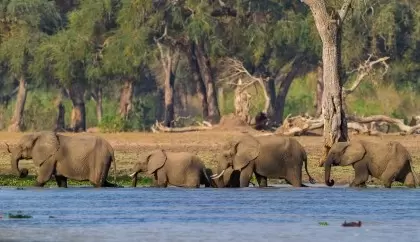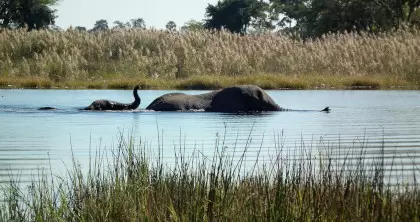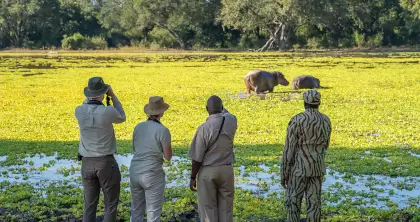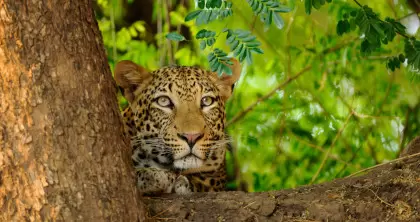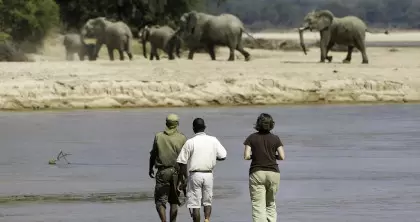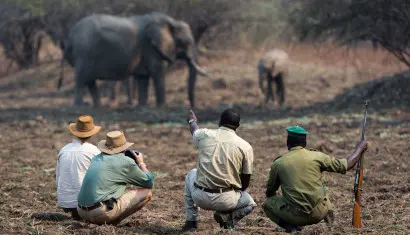Zambia is a unique wildlife oasis in Southern Africa, boasting some of the most unspoilt wildlife havens that Africa can offer, the Best Time to Visit Zambia being the dry season. Dotted with 20 national parks, rivers and wetlands, it is no wonder Zambia is a budding safari destination that provides an authentic bush experience. Big 5 game-viewing, authentic walking safaris, fishing, canoeing, white-water rafting and other adventures all await in Zambia!
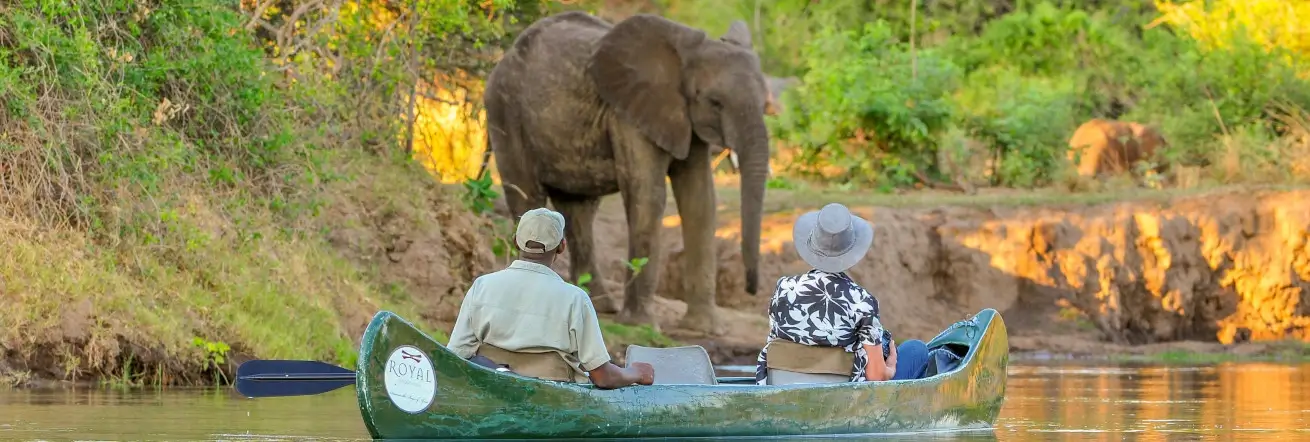
The country experiences hot & wet summers (November to April) and warm& dry winters (May to October), with an average monthly temperature that sits above 20°C, for 8 months of the year. A ‘safari’ is the main reason for visiting Zambia and game-viewing is at its best during these dry months (Apr-Oct). All camps can be accessed, compared to the wet season when many camps close due to difficult road conditions and possible flooding, especially those around the Luangwa Valley and Lower Zambezi.
A recommended 7-10 day safari in Zambia starts in either Lusaka or Livingstone, which are Zambia’s gateway cities where international flights come and go. From either of these cities, a light aircraft transfer will take you to any one of the country’s untamed safari destinations, including the majestic Victoria Falls.
Some of Zambia’s Wildlife Hotspots
The spectacular Victoria Falls is situated in the Mosi-oa-Tunya National Park, on the border between Zambia and Zimbabwe. From here we can include trips to Zimbabwe’s Hwange National Park or Botswana’s Chobe National Park, all being near the falls. Normally, the best time to visit is when the falls are at their fullest between February and May, however, if adding a Zambian safari to your trip, June to August is a good time to go as days are clear and temperatures are pleasant.
The Lower Zambezi National Park is located in the south, where elephants, hippos, lions, and buffalo roam around the majestic Zambezi River Valley, creating excellent game-viewing opportunities.
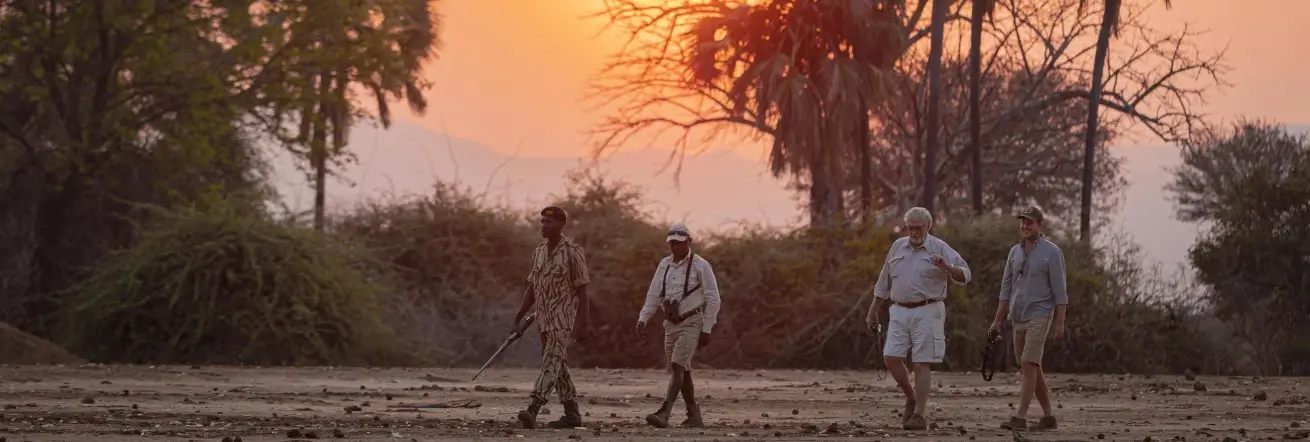
The Kafue National Park, Zambia’s oldest national park is also one of Africa’s largest, spanning 22 400 square kilometres (8 650 square miles). The roan antelope, red lechwe, and over 500 bird species can be spotted gathering around the lush, seasonally flooded grasslands which extend from the magnificent Busanaga Floodplains- a prominent wetland resource in Zambia.
The South Luangwa National Park is considered to be the birthplace of the walking safari. Here guests can experience some of the country’s most pristine concentrations of wildlife, from a completely different perspective- on foot. This park is also home to an abundance of wild game, the mighty Luangwa River, and a number of oxbow lagoons providing a water source to over 60 animal species and 400 bird species.
Practical Information
Read here for more practical information on Zambia
Contact us for a tailor-made Zambia safari

